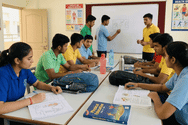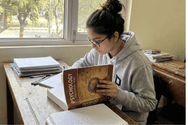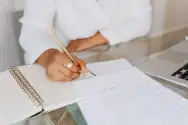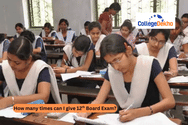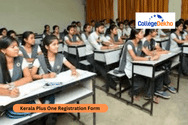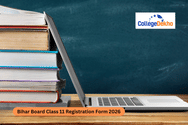
Never Miss an Exam Update
The process of nation-building is one of the most critical phases in the history of any newly independent country. For India, gaining independence in 1947 was only the beginning of a long and complex journey toward political stability, economic growth, and social unity. Indian sovereignty as a nation during its initial years created various significant obstacles that Chapter 1 of CBSE Class 12 Political Science, Challenges of Nation-Building studies. Three fundamental hurdles existed for India's nation-building process: uniting princely states in a unified structure and redistributing states by linguistic and cultural criteria and developing democratic systems that recognized the nation's wide-ranging population. Students need assistance in comprehending vital themes through questions equipped with answers that offer them an effective method for preparation. The questions explore three critical historical developments about princely state integration by Sardar Vallabhbhai Patel and Partition effects and Constitutional challenges during democratic framework creation for addressing both regional discord and communal conflicts. New independent India faced two main concerns which are addressed through questions focusing on linguistic states status as well as the Indian leadership's approach to secure stability across the nation. The economic hurdles and development obstacles experienced by India after gaining independence stand as fundamental contents in this chapter.
Students should answer questions regarding planned economies and public sector involvement together with the initial poverty reduction and economic inequality reduction policies. Modern India received shape from democratic institutions alongside the development of democratic governance after political institutions emerged. Students who follow important questions and their answers will gain a deep comprehension of India’s early struggles that led to becoming the world's biggest democracy. These questions help students explore critical thinking regarding nation-building along with governance systems and policy decisions in this diverse nation of India.Prepare thoroughly with the most important questions of CBSE Class 12th Political Science Chapter 1 - Challenges of Nation-Building. You can first cover the CBSE Class 12th Political Science syllabus to understand the key topics and then start solving the CBSE Class 12th Political Science Chapter 1 - Challenges of Nation-Building Important Question to get a better understanding of your preparation level. Start practicing now.
Are you feeling lost and unsure about what career path to take after completing 12th standard?
Say goodbye to confusion and hello to a bright future!

Was this article helpful?














